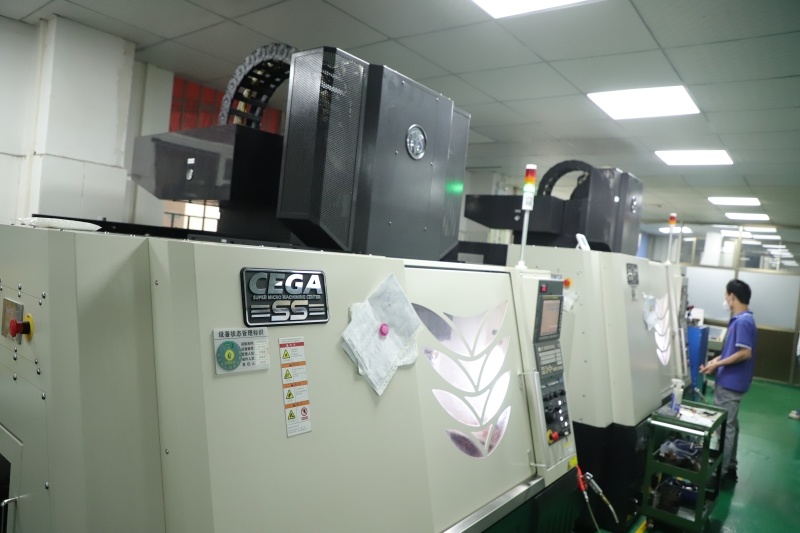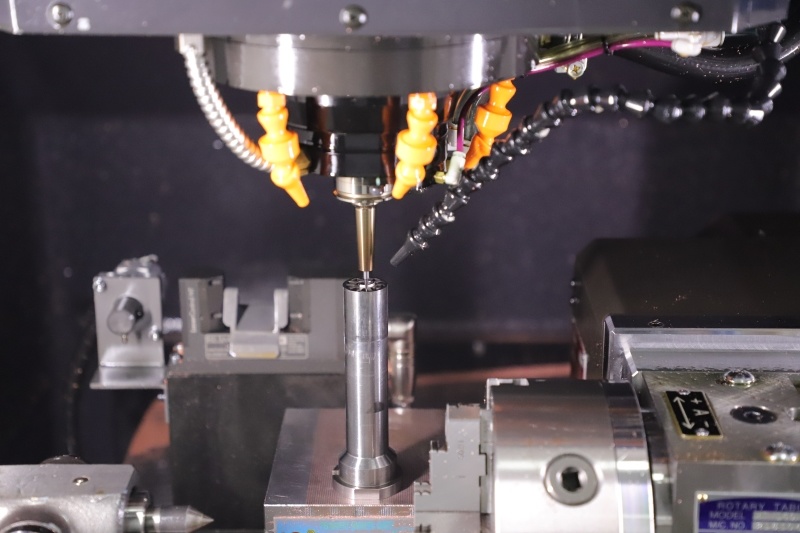3D printing can optimize the through electrode of electrochemical reactors
Release time:
Dec 27,2024
Renewable energy is in high demand, like the stars of tomorrow. How to optimize the efficiency of renewable energy, 3D printing is playing an important role as a feasible and universal "fast track method" for circulating electrodes, and a way to maximize reactor performance! Scientists and engineers at Lawrence Livermore National Laboratory LLNL use 3D printed electrodes (FTEs) to convert CO2 and other molecules into the core components of good electrochemical reactors.

Renewable energy is in high demand, like the stars of tomorrow. How to optimize the efficiency of renewable energy, 3D printing is playing an important role as a feasible and universal "fast track method" for circulating electrodes, and a way to maximize reactor performance! Scientists and engineers at Lawrence Livermore National Laboratory LLNL use 3D printed electrodes (FTEs) to convert CO2 and other molecules into the core components of good electrochemical reactors.
The engineers of Lawrence Livermore National Laboratory obtained 3D printed flow through electrodes FTEs from graphene aerogel, porous electrodes responsible for the reaction in the reactor. Through 3D printing, researchers have demonstrated that they can "scale" the flow, greatly improving the mass transfer of liquid or gas reactants through electrodes and onto the reaction surface.
The main author of the paper, LLNL engineer Victor Beck, said, "We are exploring the use of three-dimensional reactors to accurately control the local reaction environment. New high-performance electrodes will be an important component of the next-generation electrochemical reactor architecture. We can use the control function of 3D printing on electrode structures to design local flows, form complex inertial flow patterns, and increase reactor performance." Through 3D printing, researchers have demonstrated that by controlling the flow channel geometry of electrodes, electrochemical reactions can be optimized while largely compensating for the shortcomings of traditional FTE. Traditionally, "disordered" media, such as carbon fiber based foam or felt, are difficult to control microstructure. Co author Swetha Chandrasekaran said: "Through 3D printing of advanced materials such as carbon aerogels, it is possible to build macroporous networks in these materials without damaging physical properties such as conductivity and surface area."
The team demonstrated that mass transfer in crystal structures was enhanced by 1-2 orders of magnitude through ink direct writing method compared to previous 3D printing, and achieved performance comparable to traditional materials. Researchers suggest that increasing FTE flow rate will provide an attractive option for addressing the energy crisis, as the commercial feasibility and versatility of electrochemical reactors depend on achieving large mass transfer. Improving the performance and predictability of 3D printed electrodes also makes them suitable for amplification reactors in high-efficiency electrochemical converters. Co author Anna Ivanovskaya said, "Engineers will be able to design and manufacture structures optimized for specific processes. With the development of manufacturing technology, 3D printed electrodes may replace the disordered electrodes of traditional liquid and gas type reactors
LLNL scientists and engineers are currently exploring the use of electrochemical reactors in a range of applications, including converting carbon dioxide into useful fuels and polymers, as well as electrochemical energy storage to further utilize carbon free, renewable resources for power generation. By using photopolymerization 3D printing techniques such as surface projection micro stereolithography and two-photon lithography, more robust electrode and reactor components can be produced with high resolution. The team will also utilize its performance computing to design high-performance structures and continue to deploy 3D printed electrodes in large, complex reactors and fully electrochemical cells.
Source: Inertially enhanced mass transport using3D-printed porous flow-through electrodes with periodic latticestructures, Proceedings of the National Academy ofSciences (2021).
The original work of Chen Changjun from Jiangsu Laser Alliance is welcome to be reposted and reposted. Please indicate the source when reposting!










